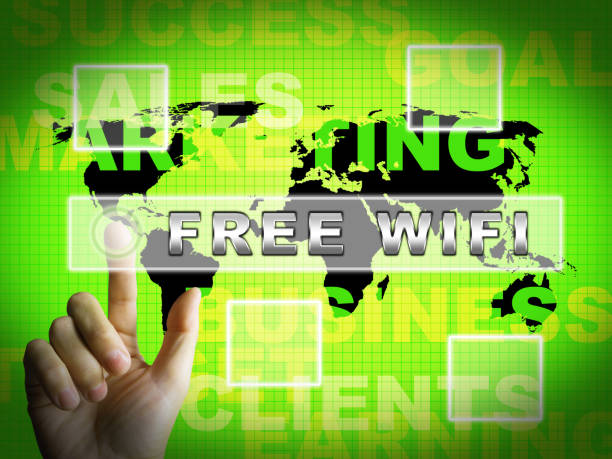Imagine charging up to 200% more than the competition and still dominating your market. This final part of the Boot Camp series examines ways to increase your organization’s economic power.
Success is not a formula that looks like:
The combination of a great product + advertising + price point + distribution = success
It would be so easy if it was. It’s more about building a solid strategy for business and a go-to-market plan. Then, adding the ability to connect people and ideas.
It would be best to build a community so passionate about what you offer that they will no longer look elsewhere. They are confident in your products and brand and trust that they will only buy from you.
This is the key. Consumers respond both with their hearts and heads. It’s easy to see why Silicon Valley marketing focuses so much on feeds and speeds.
All humans aspire, in some way or another, to be part of something larger than themselves. Elegant design, community, and aspirational goals all respond to this part of the human being. They are not duped but emotionally attached to and committed to the company’s vision.
We’ll take a moment to reflect on some of people’s hopes and dreams and how businesses have used them.
Accomplishment. Microsoft’s “Empower Your People”
Honda Hybrid: Smart Cars for Thinking People
Beauty: “Life by Gorgeous Jaguar”
“TEDsters,” a community of “TEDsters,” at the Technology Entertainment, Design Conference
Adobe: Creation: “Revolutionizes how people create ideas”
Wall Street Journal: Enlightenment – “What you should know”
Williams Sonoma: Harmony “The Home We’ve Built”
Monterey Bay Aquarium: Oneness: “Inspiring Conservation of the Sea”
Canyon Ranch: Redemption: “The Power of Turning Your Hopes into Reality”
IBM Trust: “Transform advanced technologies into value”.
Truth: “Organic (and tasty) ingredients. “Profits after taxes are donated to progressive causes.” Newman’s Own
Validation: “Superbly rewarding leisure time” Four Seasons
Wonder (Las Vegas–Bellagio Hotel)
Do you give your customers a particular reason to check out your products? Nine out of 10 products will never be remembered, and only a few survive. Ask yourself: Are you providing the elements to create desire and passionate consumers? Vision is an intangible emotional context.
Many pieces are used by a company to share and communicate its vision. The details combine to create a series that can differentiate a company in an age of commoditization. If you’ve done these things, your business will have a visionary element.
Communication Context
All of us have contexts that influence our choices and decisions. You could have been a black child who wore a sheet of white to declare your independence from oppression, or you could have worn a white shirt to show that you are not afraid (Gandhi); you could even be a geek who liked to invent using hardware and software with his geeky friends back in the garage. These are the context stories that make up a company’s history and fiber.
Share the context with your customers to give them a reason for trusting you. It also tells the story behind how you came up with your business. Google is easily identified by a phrase like “two college students in a dorm who imagined free, unbiased information on the internet.”
Mission Beyond the Product
A compelling mission is more than just a product. A task makes people stick to you and helps them feel like they are part of something bigger. Intuit is the company to call if you want an accounting package catering to consumers. But if you want the best solution for your growing business, contact IBM. Intuit is positioned as a company that provides tools for a specific niche. IBM’s mission has been elevated to being in the business of value creation. Starbucks aims to provide a “third space, a comfortable alternate place, an area between home and the office.” It’s about more than just coffee, mugs, machines, music, or music. It is enduring and expansive.
When you sell a product, you can compare yourself, but when you are selling as part of a bigger mission, you cannot. If Starbucks only sold coffee, paying $2.95 for a daily latte would be a waste. If we can linger and talk with colleagues or share our ideas about business growth, the $2.95 per day is not a bad price for a relaxed environment.
The Integrated Experience
Have you ever opened an HP printer before? The printer is designed to allow you to print within minutes of opening the box. It’s why HP includes ink and makes all parts, including the envelopes, easy to remove. They also have a 1-2-3 guide positioned face-up when you first start. HP has considered your entire experience with the company, from the box texture to the Customer Experience. These interactions can either enhance the value of an offer or add to its relevance.
Use this to improve your product or service. What’s it like? What is it like? You haven’t created the actual offer. It’s fake, disengaged, and not actual. Customers will not want to remain with you if there are disconnected points.
It doesn’t mean you have to be expensive. The user will know what you value by enabling an enhanced, connected experience. It could be quick, low-cost, or complete.
You must plan and consider each element of the experience you want to give consumers.

